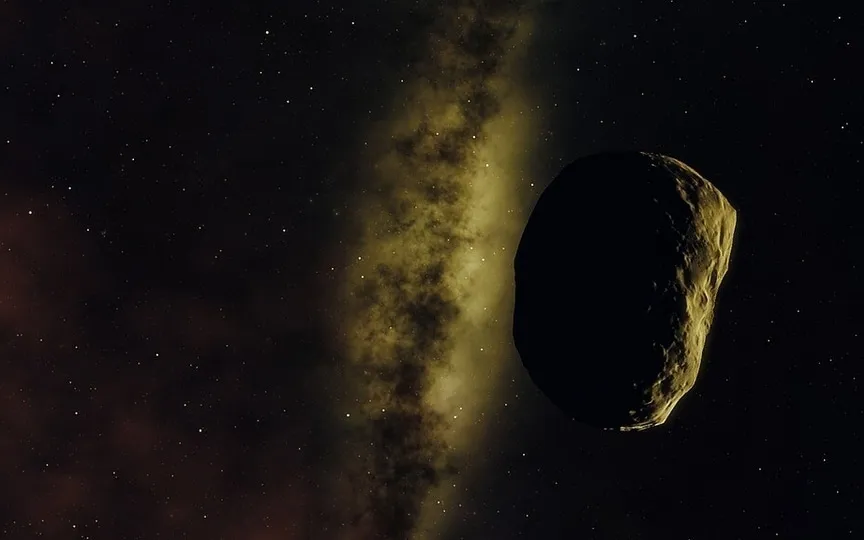NASA Warns of 310-Foot Asteroid Making Close Approach to Earth
NASA has alerted the public to be cautious of Asteroid 2016 LY48, a specific space rock that is set to come closest to Earth on September 16. The asteroid is rapidly approaching our planet at an alarming velocity of 38997 kilometers per hour. It is estimated to pass by Earth at a distance of approximately 1.9 million kilometers.
NASA has revealed details about the size of this asteroid through its advanced ground and space satellites and telescopes, including NEOWISE, the Atacama Large Millimeter/submillimeter Array (ALMA), Pans-STARRS1, and the Catalina Sky Survey. It is estimated to be about 310 feet wide, making it almost as big as the building! To be classified as a potentially hazardous site, an object must be at least 492 feet wide. Therefore, NASA’s Center for Near-Earth Object Research has not classified asteroid 2016 LY48 as such.
Other details
This asteroid first approached the earth almost a century ago on September 2, 1928 at a distance of 7.3 million kilometers, and the last approach was on September 17, 1949 at a distance of 2.3 million kilometers. After today, asteroid 2016 LY48 is expected to approach Earth on September 15, 2185 at a distance of 4 million kilometers.
It belongs to Apollo’s group of Near-Earth Asteroids, which are Earth-passing space rocks with semi-major axes larger than Earth’s. These asteroids are named after the huge 1862 Apollo asteroid discovered by German astronomer Karl Reinmuth in the 1930s.
Asteroids – Definition and naming process explained
According to NASA, asteroids are ancient space rocks left over from the early formation of our solar system about 4.6 billion years ago. Although most asteroids frequently orbit the Sun in the main asteroid belt located between the orbits of Jupiter and Mars, some of them often come close to Earth. Therefore, it is imperative that we find them and track potential destructive approaches.
When these space rocks are found, they are given a name. But how does this happen? According to ESA, the process of provisionally naming an asteroid begins when one observer spots it on two consecutive nights and then sends their findings to the International Astronomical Union (IAU) Minor Planet Center. The IAU assigns a temporary designation, typically consisting of a serial number, such as “2023 HV5”. The provisional designation includes the year the asteroid was discovered, followed by two letters indicating the order in which it was discovered in that year.




